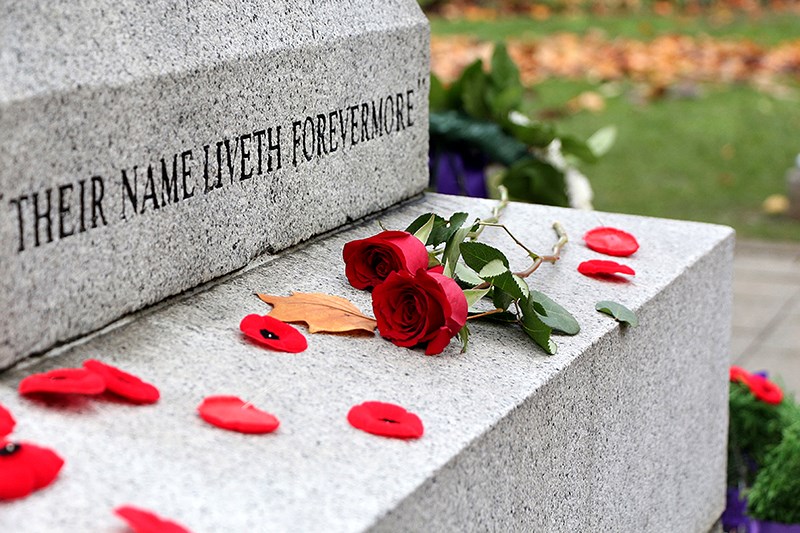In Port Coquitlam on Remembrance Day, many of us will gather at the War Memorial Cenotaph at Veterans Park, in front of city hall, to honour the men and women who paid the ultimate sacrifice for our freedom in past wars.
Much of the focus lately surrounds the First World War (1914 to ’18), it being the centenary of the conflict that engulfed the world 100 years ago. Names of those who died at Ypres (1915), the Somme (1916), Vimy Ridge and Passchendaele (1917) can be found engraved on the cenotaph, as well as in various history books that chronicle that time in our city’s history.
Lost in those pages from our past is another wartime story of sacrifice for king and country — or, more aptly, for czar and country.
The fighting on the Western Front in Europe was still raging in the summer of 1918 when the Canadian Siberian Expeditionary Force (CSEF) began training for deployment to Siberia. They were being sent to assist the White Russian government in its fight against the pro-Communist Bolshevik revolutionaries, who had assumed power in Russia from the czar in 1917.
A troop train laden with soldiers in transit overseas to Vladivostok was suddenly quarantined in CP Rail’s Port Coquitlam yard on Oct. 1, 1918, due to the outbreak of the Spanish influenza epidemic within their ranks. A temporary military hospital opened at the north-side Aggie Hall and a tent city soon sprang up to treat those afflicted with this deadly virus, which was particularly lethal to the young and able-bodied.
Between Oct. 10 and Nov. 13, 1918, 33 soldiers as well Canadian Army Medical Corps Nursing Sister Marjorie Beatrice Moberly, died at the Aggie Military Hospital. Many of those CSEF soldiers are buried in the veterans’ section of the Mountain View cemetery in Vancouver, as is Moberly. Although she was a member of the Canadian Army and died as a casualty of war, she was somehow listed as a civilian, and therefore has a common flat gravestone there. She is not commemorated on the Commonwealth War Graves Commission nor in the Canadian Book of Remembrance, as her fellow nursing sisters who died and did not serve overseas are.
When the bugler plays the “Last Post” at the cenotaph this year, I will also be thinking of those men who died here during that autumn of 1918, and the woman who gave her life in helping them.
George Augustus Johns
Walter Edmond Eglington
William Bradley
Joseph Evans
Charles Bernard Kirk
Joel Frederick Haas
Harold Dickens McCann
Roderick McKenzie
John Alexander Wood
Ernest William Reukauf
Brooks Wilson
William Delsell
Bruno Costa
Edward Blair Hughes
Thomas Richard Davies
George MacKay
Albert Edward Candler
Nick Tom
Alvin J. Forler
William Dale
William Edward Finn
Marjorie Beatrice Moberly
James Robert McBain
Roy Harris Wilson
Frederick Edward McMillan
John Maxel Bannon
George Frederick Kennedy
Edward Thomas Fry
Elie Felix Joyal
Toni Rosi
Edward Graham Boaden
Tennison Hennis
Chris Johnson
Allen Dale Smith
Their name liveth forevermore.
• A special thanks to local historian Niall Williams, whose ongoing research for his Lest We Forget Veterans Blog provided the basis and inspiration for this column.
--Your History is a column in which representatives of the Tri-Cities’ heritage groups write about local history. Bryan Ness is with the Port Coquitlam Heritage Society.



